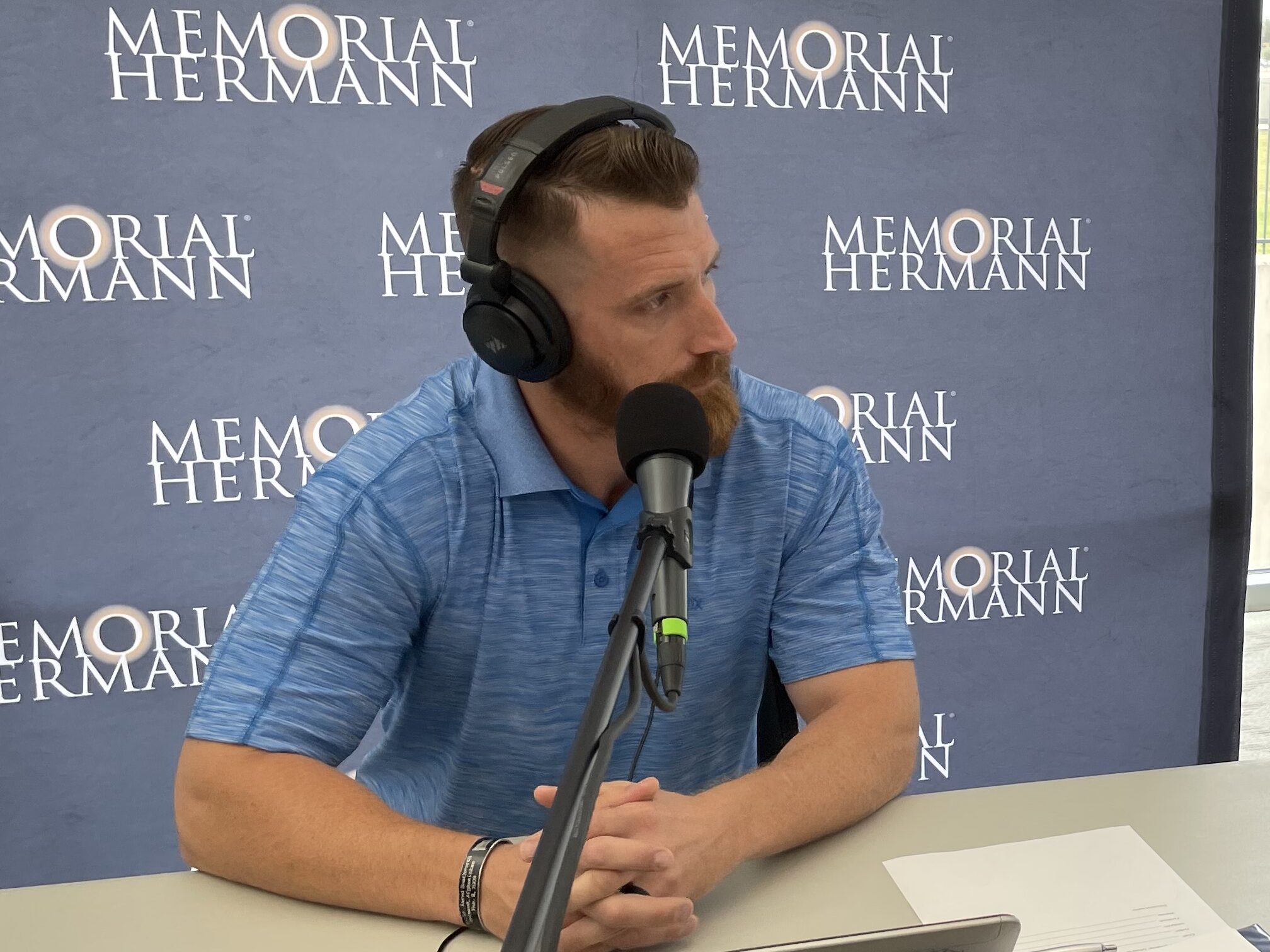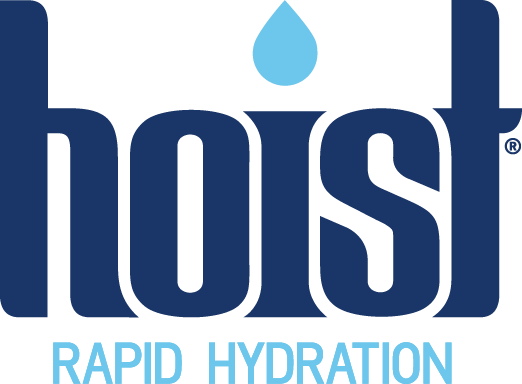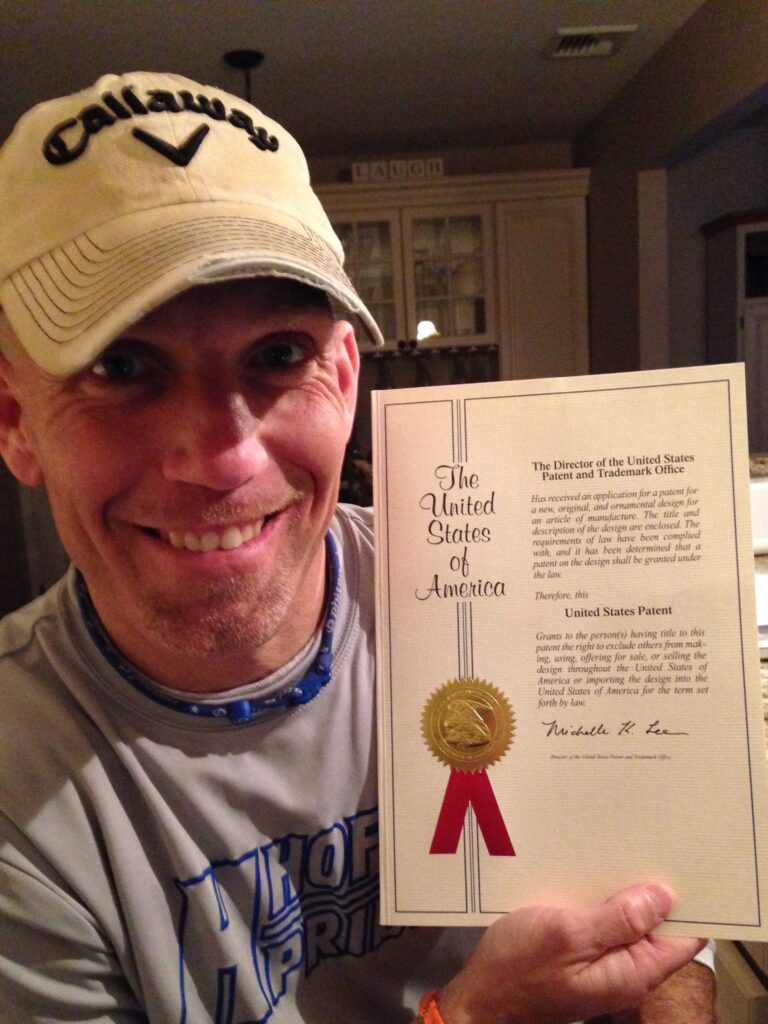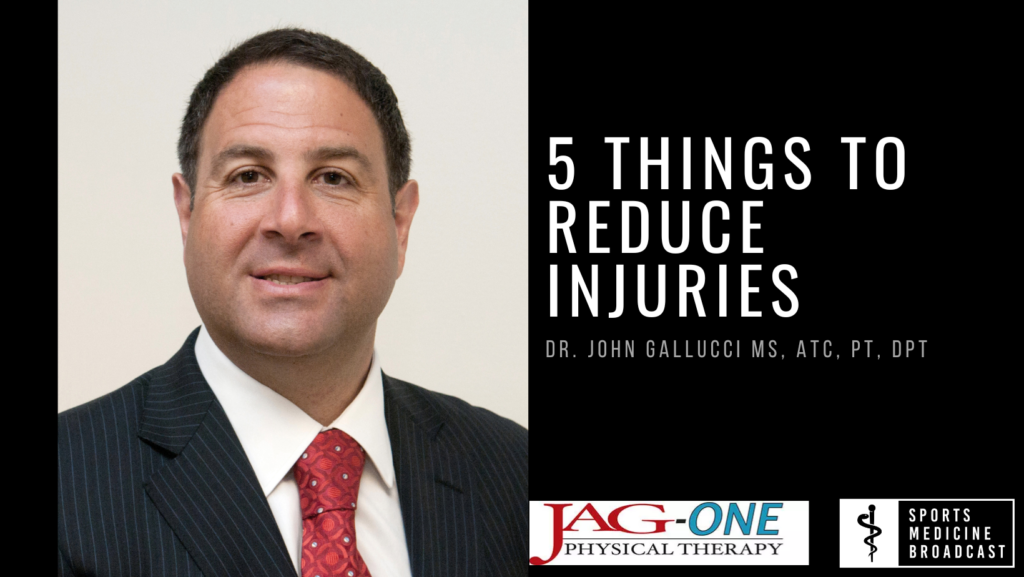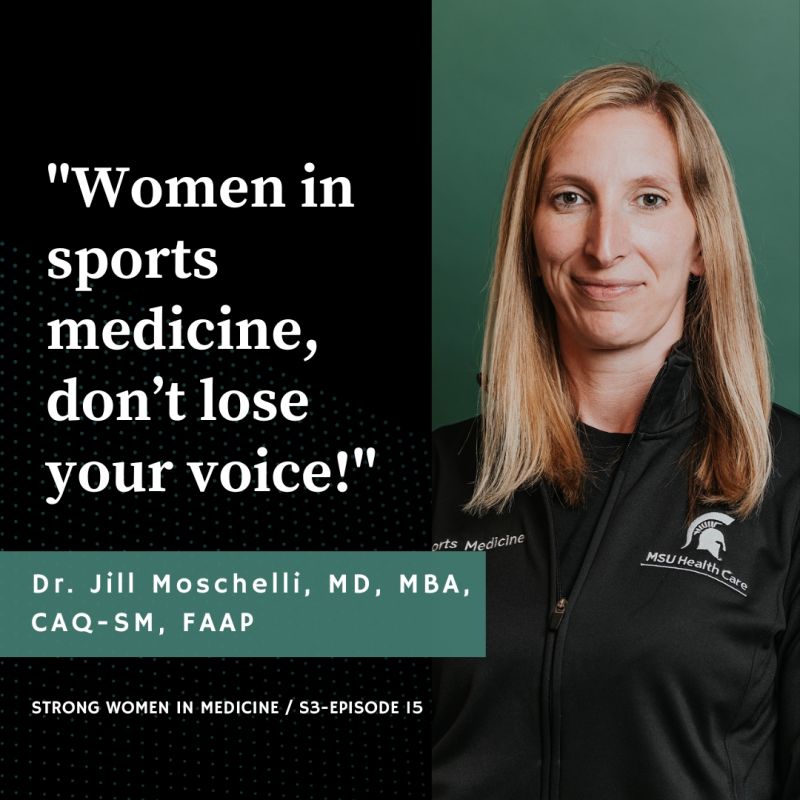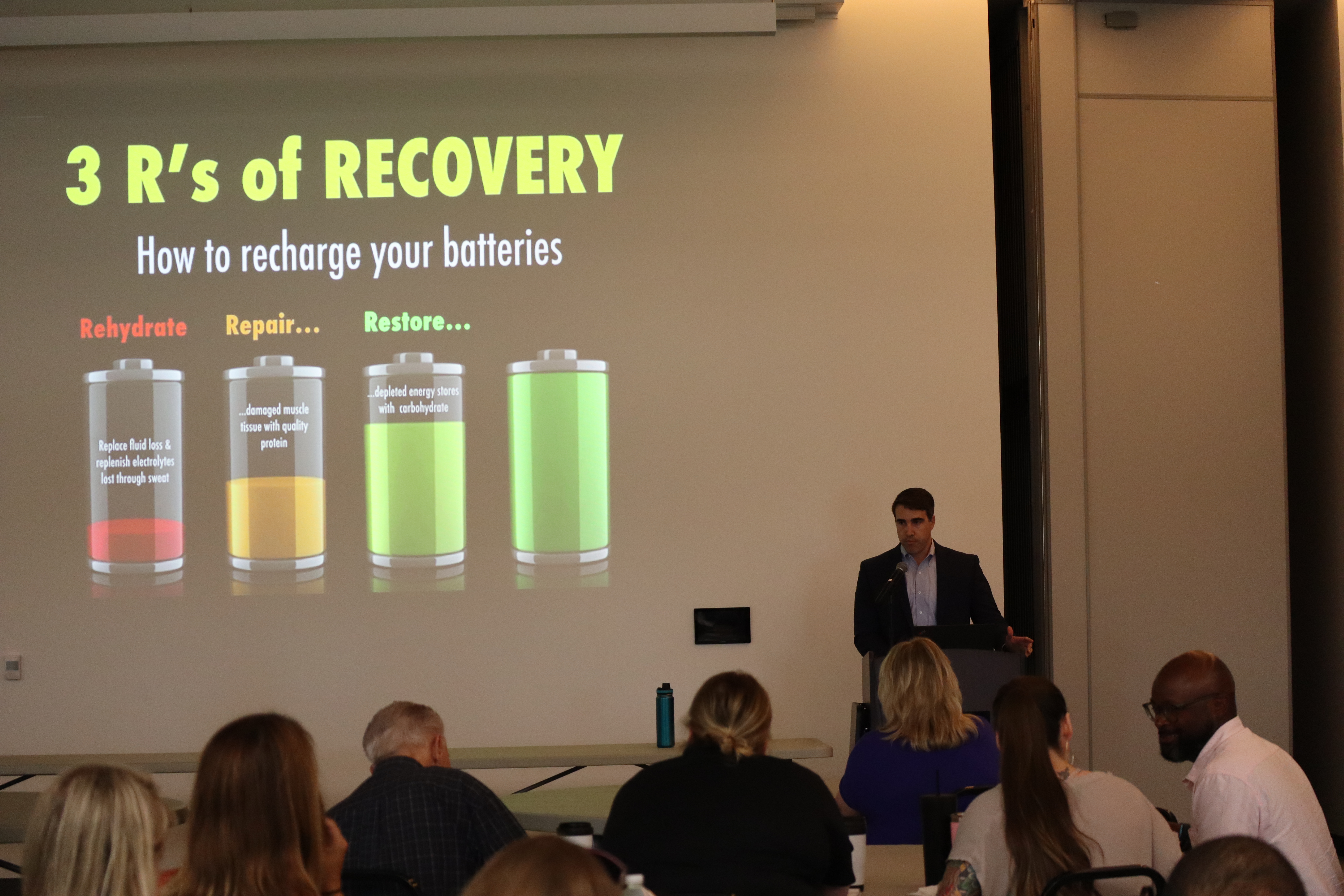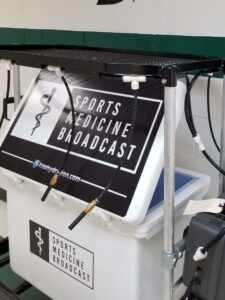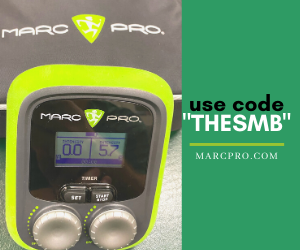Podcast: Play in new window | Download
Mental Health Coordination is preparation for when a mental health crisis occurs. Amanda Groller and Bubba Wilson discuss things available to Athletic Trainers when they need help.

ATsCare – Professionals responding to professionals
2016 is when it became official
How did it start –
A perfect storm of events.
Jim Thornton had been trained in CISM as an EMT and reached out to him after a wrestler died.
This sparked some conversations and got the train moving.
Many people separate mental health and physical health, but really it is just health.
This statement could help destigmatize mental health
It only makes sense for ATs to have their own CISM tools
Military people want to hear from people in the military, someone who knows their situation.
Having conversations about CISM teams is really important. It gets the ball rolling and allows us to call in support to continue to do the job that we do.
Self-care is emptying your bucket and escaping for a minute.
Compassion fatigue is a problem.
You need to debrief the debriefer
Dr. Jessica Yellen went through a Trauma Informed Yoga Course. This course was meant for the caregivers to release their burdens.
What techniques can you share?
We use this approach:
“What has happened to you?” rather than “What is wrong with you?”
Psychological first aid
Suicide prevention training – get them to the next step alive
Stay within your scope, but know the resources available.
Help simplify the process for the ones struggling. REMOVE THE RED TAPE
QPR training is a good option
Know when to refer
“When you do not know what you do not know you become dangerous” – Dr. Josh Yellen
We are mandatory reporters, but we also have a duty to report people who are struggling.
You are not going to get in trouble for calling 911, you are going to get in trouble for NOT calling.
Build relationships before so that the resources are available.
How do we help people start to process?
My crisis is not your crisis
I can not force you to take the help
Education is one of the best things we can do.
If you did not need help then there would not be available.
Contact Us:
Jeremy Jackson
Shawn Ready – shawnreadyatc@gmail.com
Dr. Mark Knoblauch – maknobla@Central.UH.EDU
Dr. Layci Harrison – lharris5@Central.UH.EDU
Bob Marley – Bob.Marley@uth.tmc.edu
ATCornerPodcast – ATCornerds@gmail.com
Joseph Eberhardt – eberhardtj@pearlandisd.org
Christina Fry – fryc@pearlandisd.org
These people LOVE Athletic Trainers and help support the podcast:
Frio Hydration – Superior Hydration products.
Xothrm – Best heating pad available – Use “SMB” or email info@xothrm.com and mention the Sports Medicine Broadcast
Donate and get some swag (like Patreon but for the school)
HOIST – No matter your reason for dehydration DRINK HOIST
MedBridge Education – Use “TheSMB” to save some money, be entered in a drawing for a second year free, and support the podcast.
Marc Pro – Use “THESMB” to recover better.
Athletic Dry Needling – Save up to $100 when registering through our link.
These people LOVE Athletic Trainers and help support the podcast:
Frio Hydration – Superior Hydration products.
Xothrm – Best heating pad available – Use “SMB” or email info@xothrm.com and mention the Sports Medicine Broadcast
Donate and get some swag (like Patreon but for the school)
HOIST – No matter your reason for dehydration DRINK HOIST
MedBridge Education – Use “TheSMB” to save some money, be entered in a drawing for a second year free, and support the podcast.
Marc Pro – Use “THESMB” to recover better.
Athletic Dry Needling – Save up to $100 when registering through our link.


